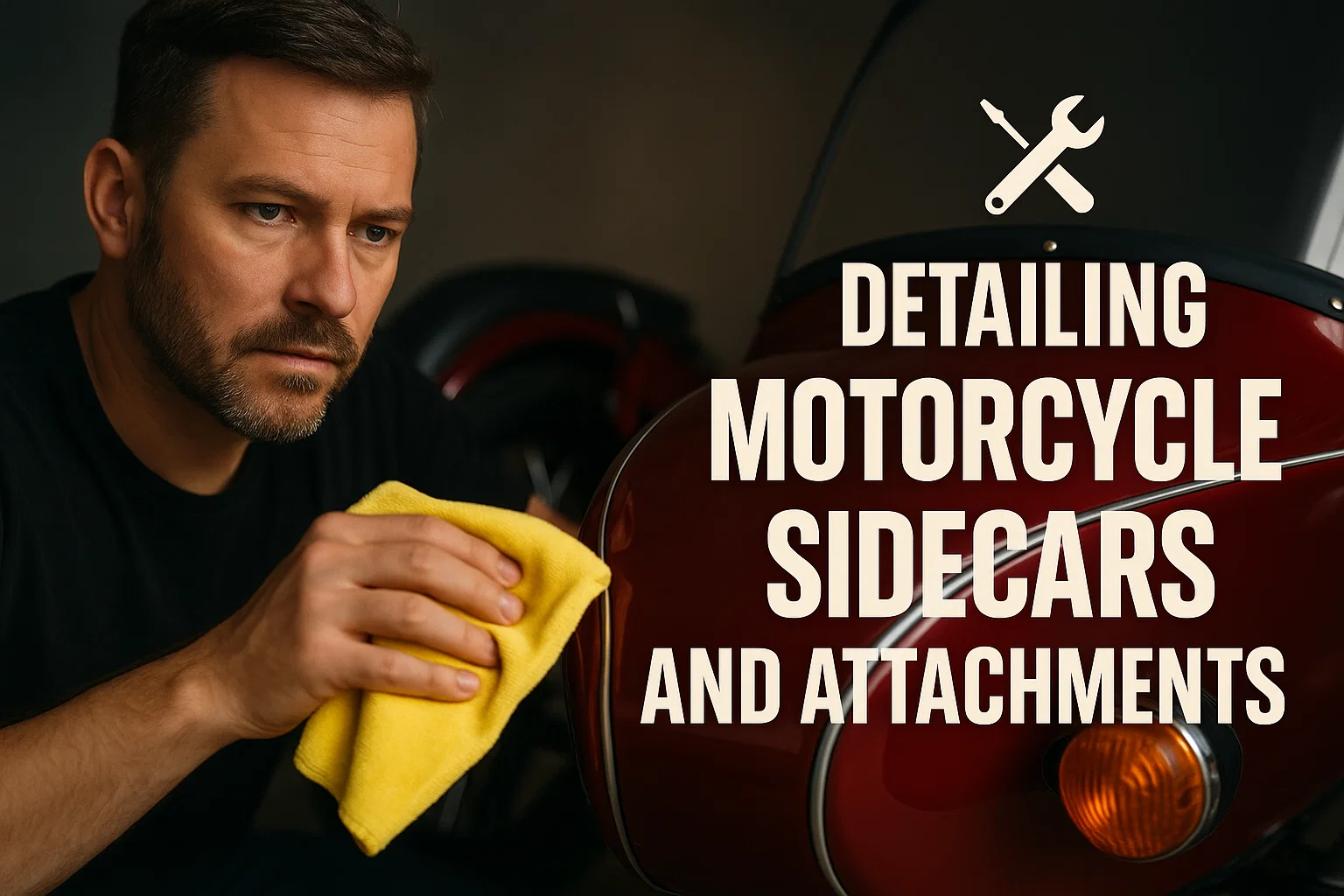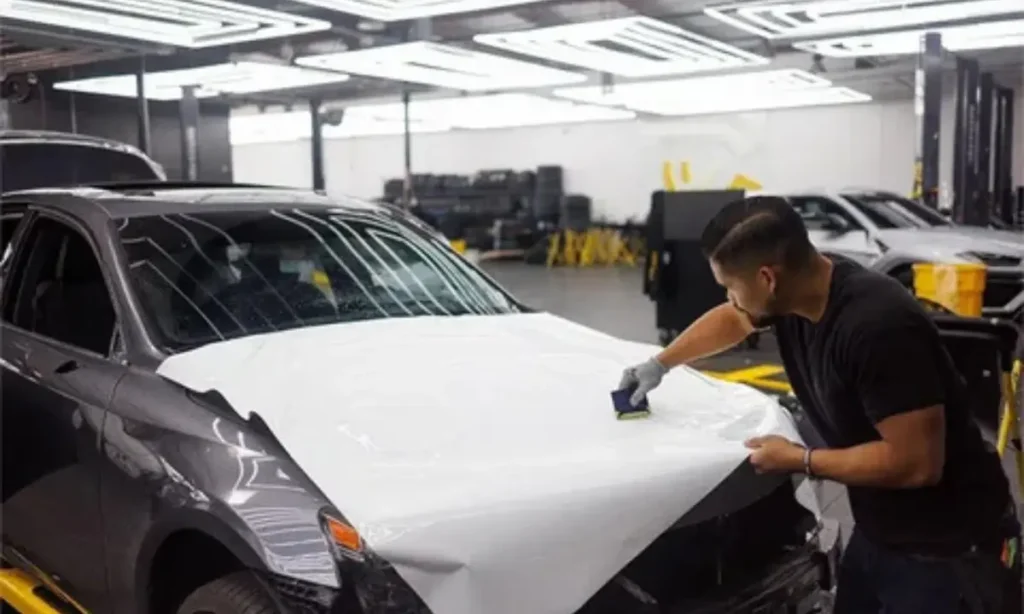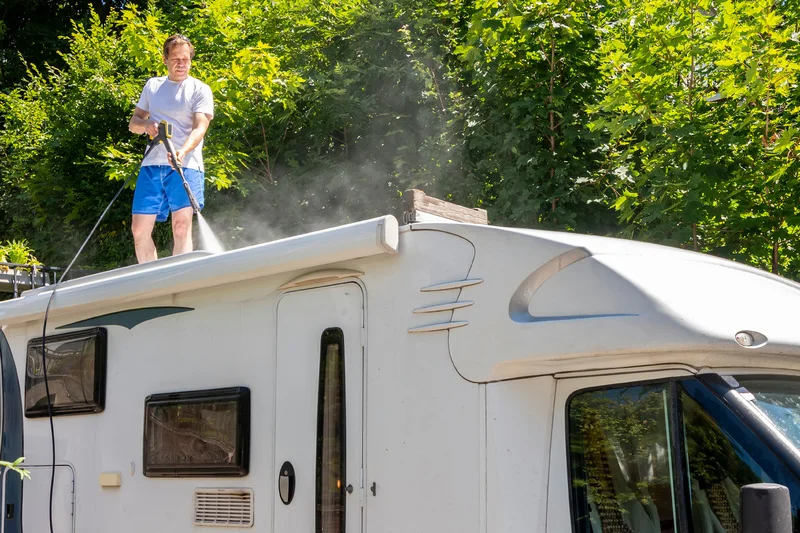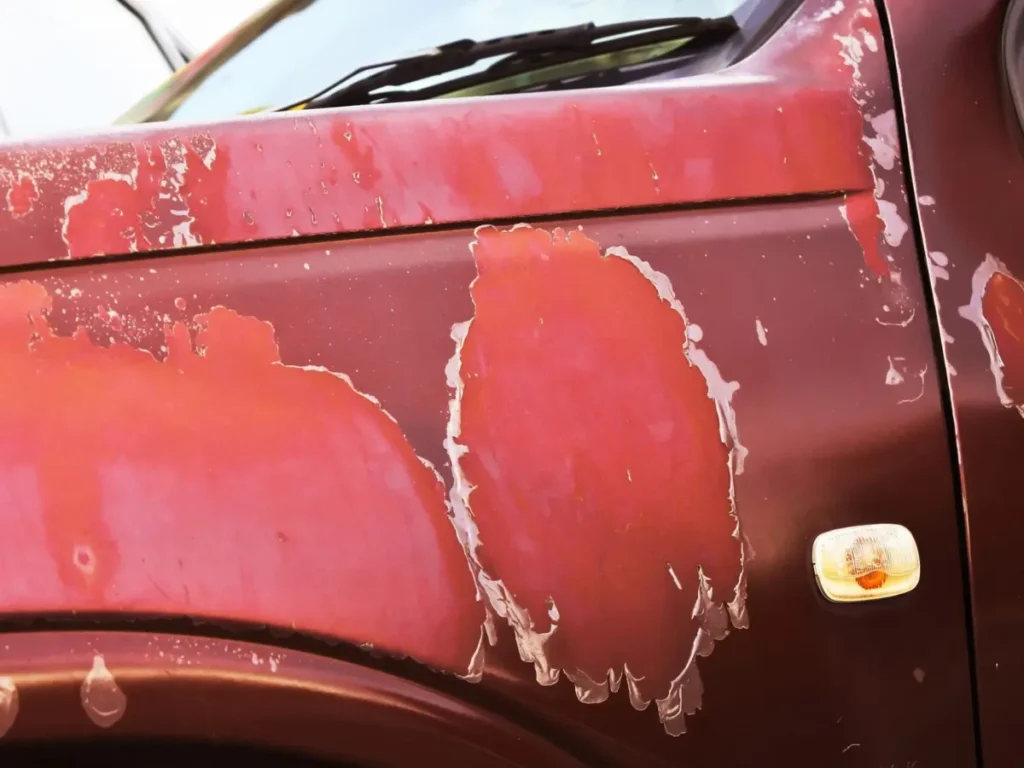Motorcycles do not just transport people one place to another, but it is about freedom, style, and fun. That is twice the fun, especially when a sidecar or attachment is added to the bike. A sidecar provides additional storage, a passenger seat or just a distinct appearance that is identifiable in the road. However, cool as they may be and useful as they may be, they create a set of cleaning and detailing challenges of their own.
The process of car detailing a motorcycle sidecar is not exactly similar to the process of detailing a motorcycle. Attachments and sidecars have other materials, shapes and surfaces and need additional attention. Every part must be dealt with, metal frames, fiberglass shells, leather seats, small control panels. Today, in this guide, we will discuss the peculiarities of how to detail motorcycle sidecars in a proper way and make them look sharp, stay secure, and durable.
Introduction to Motorcycle Sidecar Detailing
Why Sidecars Require Special Attention
Contrary to the central part of a motorcycle, sidecars are uncovered in a different manner. They remove road grime, dirt and even brake dust in different ways. They possess surfaces as well, canopies, windows, or extra wheels which must be cleansed. The poor condition of the sidecar can make the bike look less good, decrease the comfort of the passengers, and impact even the security.
Common Types of Sidecars and Attachments
Sidecars come in different styles:
- Passenger sidecars – Constructed with seating, upholstery and occasionally dashboards.
- Cargo sidecars – Made to transport equipment or food.
- Custom or vintage sidecars – They are usually manufactured using rare materials and distinct finishes.
The attachments can be luggage racks, windshields and storage containers. Every material, metal, fiberglass, plastic, leather, has got its cleaning needs.
How Sidecars Impact Overall Motorcycle Maintenance
A sidecar also alters the way a motorbike will ride as well as its maintenance. The more surfaces the more work in detailing. The wheel and frame added require lubricating and cleaning too. Unattended, the sidecar may rust away, fade or become worn more quickly than the bike itself.
Preparing Your Sidecar for Detailing
Inspecting for Damage and Wear
Inspect cracks, dents, rust or loose fittings before cleaning. Small issues can be solved immediately before they can turn into expensive repairs at a later stage.
Gathering the Right Tools and Cleaning Supplies
You’ll need:
- Soft microfiber towels
- Mild soap or motorcycle-specific cleaner
- Brushes for tight spots
- Leather or fabric cleaner for interiors
- UV protectant sprays
- Wax or polish for painted or metal surfaces
Setting Up in a Suitable Environment
It is better to detail in a shaded and dry place. Direct sunlight may be able to dry the soap or polish too quickly and leave streaks. Ensure that there is enough room to move about the bike and sidecar.
Cleaning the Exterior of Sidecars and Attachments
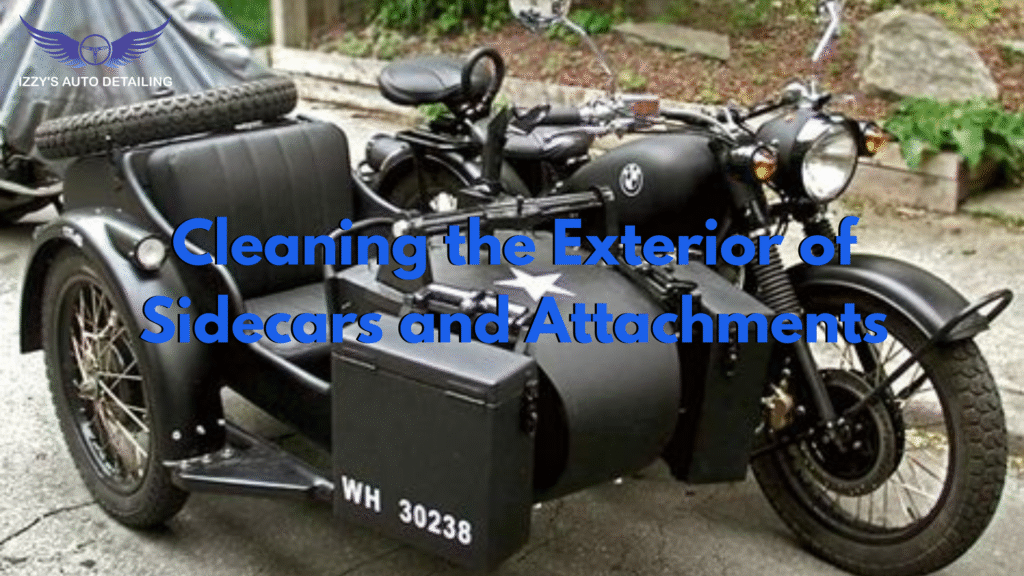
Washing Techniques for Different Materials (Metal, Fiberglass, Leather)
- Metal frames and trim – Wash with a soft brush using a PH balanced soap. Do not cleanse severely to avoid scratches.
- Fiberglass shells – Clean using mild soap and rinse dry. To polish non-abrasive compounds.
- Leather or vinyl covers – Clean with damp cloths and wipe with moist cloths afterwards to maintain flexibility.
Safe Soaps and Cleaners to Use
Never use strong household cleaners such as bleach or ammonia. Soaps that are motorcycle safe are used to preserve fragile finishes. In the case of grease spots, apply a light degreaser.
Dealing With Hard-to-Reach Areas and Tight Spaces
Sidecars contain joints, hinges and corners, which appeal to dirt. Get to these hard to reach places with small detailing brushes or compressed air. Also take note of the spokes of the wheels and the areas where the suspension is located because it gets left out most of the time.
Interior Detailing of Sidecars
Cleaning Upholstery and Seating Surfaces
First of all, vacuum first to clean up the dust and debris. Next apply fabric/leather cleaner in accordance with the seat material. Leather conditioning eliminates cracks and fading.
Caring for Dashboards and Control Panels (if applicable)
There are some passenger sidecars with switches or gauges on the dashboards. Apply an electronics safe cleaner and microfiber cloth to prevent scratching.
Maintaining Canopies, Windows, and Weather Protection
The windows made of plastic or vinyl are to be washed with non-abrasive cleaners. Coat to prevent yellowing and cracking. Silicone lubricants are applied to zippers and seams of canopies so as to prevent abrasion.
Polishing and Protecting Sidecar Surfaces
Selecting Appropriate Polishes for Paint and Metal
Select a polish which matches the surface. In the case of painted fiberglass, gentle automotive polish is used. In the case of chrome or stainless steel, apply a special metal polish to keep the metal shiny and to prevent rust.
Protectants for Leather and Fabric Interiors
An excellent protectant provides a coating that prevents spills, UV rays, and moisture. Always check on a small part and then apply on the entire part of the seat.
Applying UV Protection to Prevent Fading
One of the largest dangers to the side cars is the sun exposure. The UV-sprays or waxes are used to protect paint, trim, and seats against fading.
Mechanical and Frame Detailing Tips
Cleaning Wheel Spokes, Suspension, and Undercarriage
The dust and dirt on the roads are accumulated in these places very fast. Apply a cleaner that is motorcycle rim friendly and thoroughly rinse it off.
Lubrication Points to Check and Maintain
Make hinges, suspension joints and wheel bearings just as oily. This eliminates the squeaks, rust and premature wear.
Avoiding Water Damage to Mechanical Parts
Do not spray water into wheel hubs or electrical connections. Always keep these places dry so that they do not rust or corrode.
Special Considerations for Vintage or Custom Sidecars
Preserving Original Materials and Finishes
Old finishes of the sidecars are rare. Careful about harsh chemicals–use mild cleaners so that nothing is lost.
Gentle Cleaning Techniques for Older Components
Weaker brushes, hand polishing, and weak soaps are more suitable for old parts. Power tools or abrasive pads should be avoided.
When to Consult a Professional Detailer
Weaker brushes, hand polishing, and weak soaps are more suitable for old parts. Power tools or abrasive pads should be avoided.
Routine Maintenance and Long-Term Care
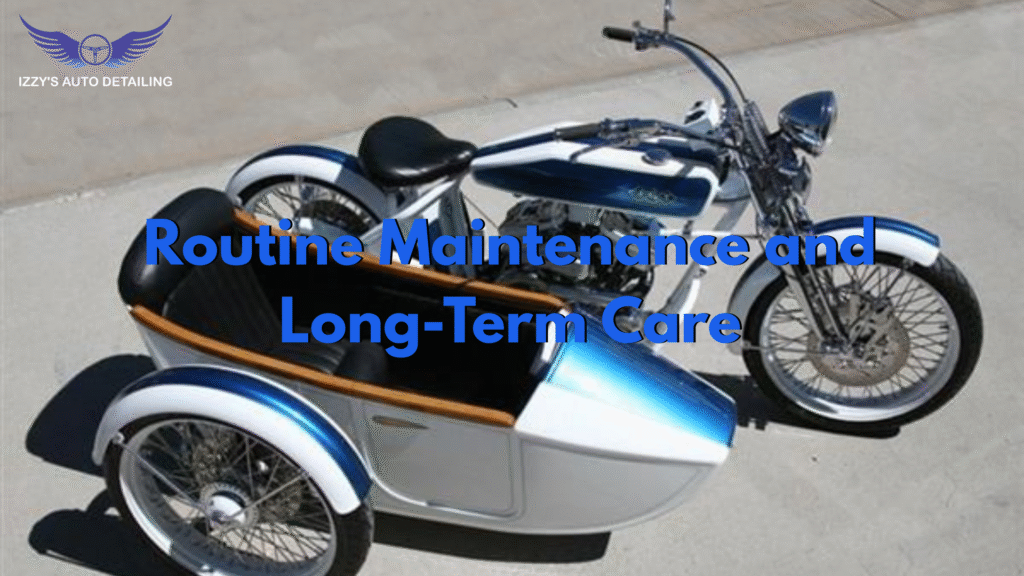
Establishing a Regular Cleaning Schedule
Detail and wash after long rides. Vacuum clean once a month or once every two months according to the use and the exposure to the weather.
Storage Tips to Protect Sidecars Year-Round
When storing the bike and sidecar for winter, remember to cover both with breathable covers. Do not use wet garages to house moulds and rust.
Seasonal Care for Weather Exposure
- Summer – Be sure and use UV protectants.
- Winter – Add cleaning salt and road dirt to discourage rusting.
- Rainy seasons – Check the leaks of the rainy canopies and rainy check seals.
Benefits, Tips, and Strategies
Key Benefits of Proper Sidecar Detailing
- Prolongs material and finishes life.
- Maintains safety through clean and working controls.
- Improves the appearance of the motorcycle.
- Enhance passenger comfort and ownership pride.
Quick Tips for Better Results
- It is always better to use microfiber to prevent scratches.
- Washed Work top to bottom.
- The initial thing to test out is on small spots.
- wipe dry to avoid rust and water spots.
FAQs
After each ride, light cleaning and detailing every 4-6 weeks is a good idea.
Yes, although select pH-balanced and soft formulas that are motorcycle-safe.
Apply a plastic-safe cleaner as well as a polish that is applied to clear vinyl or acrylic.
Wash and clean and treat with U.V. inhibiting leather conditioner.
Keep it dry, put protective coatings on and keep it in a place that is not humid.
Yes, particularly when they make use of rare or special materials. The softest way should be adopted at all times.
Conclusion
A clean sidecar is not only good to look at but it is also comfortable, safe and lasting. It may be a passenger, cargo carrier or custom build but proper detailed work keeps it shining and operating. Frequent detailing enhances the visibility, preserves surfaces, and ensures mechanical well-being. It also beautifies the general outlook of your motorcycle and its pride. Detailing goes beyond cleaning, it is looking after your ride. It is good to take time to keep your sidecar in a good state, this will provide more riding enjoyment.
To explore more expert care tips and detailing services, visit Izzy’s Auto Detailing. Keeping your motorcycle and sidecar in top condition is easier when you have the right knowledge and support. Trust the experts, and ride with pride!

